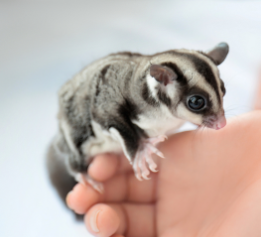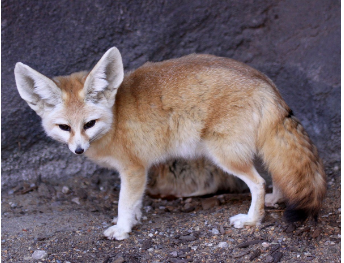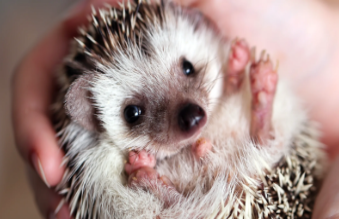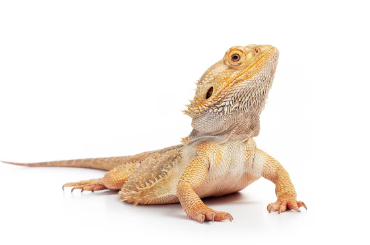This is a list of five unusual animals people get as pets.

Sugar gliders are squirrel-sized animals that inhabit the forests of Australia and New Guinea. They are highly social, living in small colonies or family groups numbering up to seven adults and their offspring. Sugar gliders are largely nocturnal and rarely come to the ground, finding both shelter and food in the trees. They live up to 4 to 5 years in the wilderness and up to 15 years in expert care.

The fennec fox is the smallest of all the world’s foxes, but its large ears, measuring 6 inches, appear to be on loan from a bigger relative. They like to live in the Sahara desert in North Africa. They forage for plants but also eat rodents, eggs, reptiles, and insects. Like most desert dwellers, the fennec fox has developed the ability to go for long periods without water.

Hedgehogs have a coat of sharp spines all around. If attacked they will curl into a prickly ball that scares away most predators. They usually sleep in this position during the day and awaken to search for food at night. Hedgehogs hibernate in cold climates. In deserts, they sleep through heat and drought in a similar process called aestivation. They remain active all year in more temperate locations.

Tarantulas are the largest spiders in the world. In the United States, they are mostly found in the Southwest. A female tarantula can live 20 – 25 years and a male tarantula only lives about 7 – 8 years. During most of the year tarantulas are nocturnal and stay close to their burrows.

The bearded dragon lives up to its name. Like a dragon, it’s equipped with armor of spiny reptilian scales, which include a “beard” of spikes under its chin that puffs up depending on its mood. They typically prefer to stick to warm, arid areas: deserts, subtropical woodlands, savannas, and scrublands. Bearded dragons are not picky eaters. With their strong jaws, they can clench and crush hard-shelled insects like beetles. As omnivores, they’ll also go for leaves, flowers, fruit, and the occasional small lizard or rodent.
Work Cited
https://www.nps.gov/band/learn/nature/upload/tarantula%20fact%20sheet.pdf
https://www.nationalgeographic.com/animals/mammals/facts/hedgehog
https://www.nationalgeographic.com/animals/reptiles/facts/bearded-dragon
https://www.nationalgeographic.com/animals/mammals/facts/fennec-fox

























